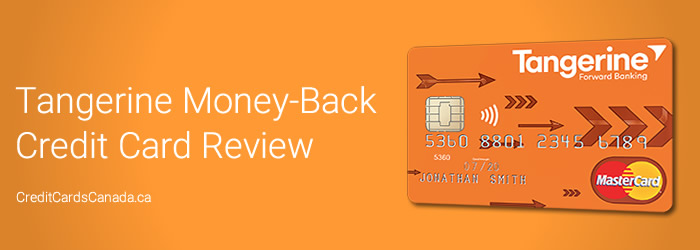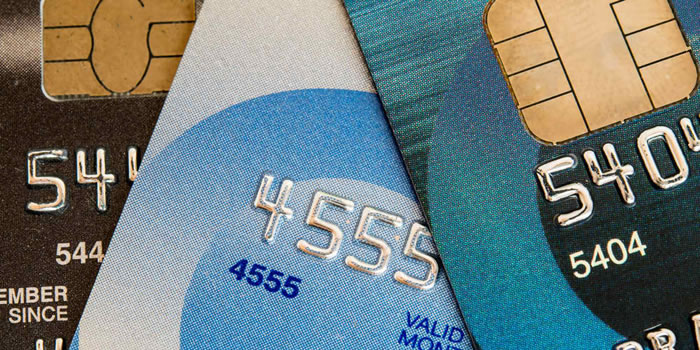
With the low interest rate environment showing no signs of going away anytime soon, Canadians don’t seem to be in any hurry to repay their debt. The latest household debt figures reflect this. The Canadian household debt to income ratio reached a new high of 163.7 percent in the third quarter, according to StatsCan. That’s up from 162.7 percent in the second quarter, as household debt continues to rise faster than income. In layperson’s terms, that means for every dollar of disposable income, the average household has about $1.64 in debt.
The rising household debt is a combination of stagnant wage growth and rising home prices.
“The deterioration in the headline was expected, driven by a combination of sluggish income growth and still-hearty borrowing,” said Bank of Montreal chief economist Doug Porter.
The red hot real estate market in some regions of the country appears to be offsetting tough times in oil-rich provinces like Alberta.
“Hot housing markets in B.C. and Ontario are driving mortgage growth, over-riding the softness in oil-producing regions. On the flip side, the relentless decline in oil and other commodity prices is dampening income growth,” said Porter.
When we take a closer look at the numbers, we see that disposable income grew by 0.8 percent, while household credit is up 1.4 percent. Meanwhile, total household credit market debt (this is a “catch all” term that includes consumer credit and mortgage and non-mortgage debt) hit $1.892 trillion. This number includes consumer credit of $572.3 billion and mortgage debt of $1.234 trillion.
The rising household debt has been a key concern of the Bank of Canada and the government. Bank of Canada governor Stephen Poloz is on record saying he believes the housing market is as much as 30 percent overvalued.
Following a trend similar to the previous government, the Liberals introduced new mortgage tightening rules. The minimum down payment has been upped. While the minimum down payment remains at 5 percent for homes valued under $500,000, for homes over $500,000 the down payment has been upped from 5 percent to 10 percent on the amount over $500,000.
Could this slow down the housing market? Not likely according to economists. The new rules are likely to only affect a small number of homebuyers.
Despite all this, household debt is expected to rise in 2016.
“Set against a backdrop of rising unemployment, the debt-to-income ratio is still likely to continue to trek higher through 2016,” said TD Bank economist Diana Petramala. “The combination of rising unemployment and a continued decline in home prices is an immediate concern for oil-producing regions such as Alberta and Saskatchewan.”
While low interest rates have eased the debt burden of households, there are concerns how households will cope when interest rates start to rise.
The Bottom Line
If you have household debt, whether it’s a mortgage, line of credit or credit card, take advantage of low interest rates and start paying it down today. A good strategy is to start with the debt carrying the highest interest rate and work your way down from there.




